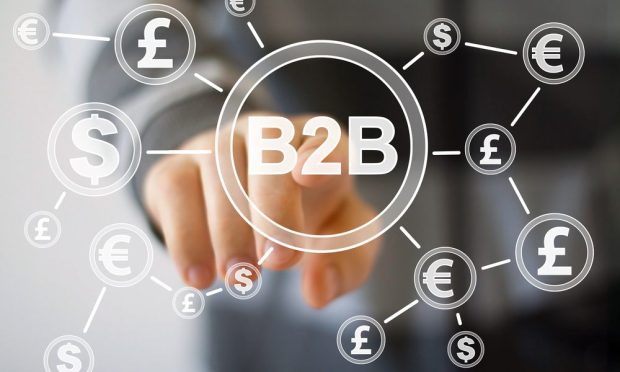Banco Santander Settles On Ripple For Settlement

Banco Santander will use Ripple’s ledger through OnePay FX, expanding XRP’s presence. In Singapore, cross-border efforts gain traction as Wallex gets funding.
Much has been said in recent weeks about Ripple and its digital XRP token (Ripple and XRP are independent of one another), where trading in XRP has been nothing but volatile. In just over a week, the price has slipped 20 percent. Beyond that trading, noted Forbes, there has been speculation that banks would embrace to move money through cross-border conduits.
In news that may be separated from the vagaries of cryptocurrency trading, Banco Santander said this week that it will use Ripple’s ledger (it is not using XRP), bringing payments across the bank’s OnePay FX platform.
TheCCpress reported this past week that, according to remarks made by Santander Chief Technology Officer Ed Metzger at a California conference, combining OnePay FX and RippleNet might help speed cross-border processes. In the past, he has said that OnePay enables international payments across three clicks and in less than a minute.
The bank also said this week that it will be bringing international payments to more countries in Europe — beyond the U.K., Poland, Brazil and Spain — and is looking to bring on the Ripple-powered platform (as noted by sites such as ethereumworldnews as a preferred settlement choice. The executive added that OnePay FX might see adoption in places like Japan. Per trade reports, Metzger said, “We believe that financial services are moving to a world of open platforms, where companies collaborate to deliver excellent customer service for their customers, and that’s at the core of what we’re doing with OnePay FX.”
Crypto Daily said the bank was running beta tests using RippleNet. The tests revealed that Santander saw gains in both speed and transparency, which had not been evident in more traditional methodologies.
Furthermore in Asia, a Singapore-based firm focused on FX and cross-border payments, Wallex Technologies, said it raised funding via a Pre-Series A round. That investment was led by BEENEXT, though terms were not disclosed. Additional investors include Central Capital Ventura, which according to a release is the FinTech investment arm of Bank Central Asia and Indonusa Dwitama. The funding will boost efforts in the cash management solutions space, spanning virtual accounts, FX conversions and an API with real-time execution of FX trades. The various tools are targeted to small and mid-sized businesses (SMBs). Reports said Wallex has been integrated via API with several eCommerce and online platforms.
In a release, Wallex Co-founder and COO Hiroyuki Kiga said, “As the world becomes more globalized, the need for FX management increases, especially for Southeast Asia, where FX volatility can easily affect a business’ bottom line.”
In payments infrastructure news tied to Europe, the Italian Banking Association (ABI) said late last week that it had completed testing of an interbank system. That testing spanned across a group of more than a dozen banks that comprise the ABI. The interbank testing had been focused on streamlining and speeding up payment processing, along with improving transparency. As noted here and elsewhere last week, the project had been known as the “Spunta Project.”
In terms of the blockchain, there are 14 nodes across that platform. The banks said the tests had completed 1.2 million transactions across the various financial institutions (FIs) — and aims to introduce the initiative into daily processes. The blockchain had been designed on the distributed ledger technology (DLT) via R3’s Corda offering. Corda’s blockchain had been the foundation of a Know Your Customer (KYC) compliance application that had been tested earlier this year by a group of 39 FIs.
As has been widely reported, blockchain has been a focus for more than 70 banks via the Interbank Information Network, looking to speed payments.
